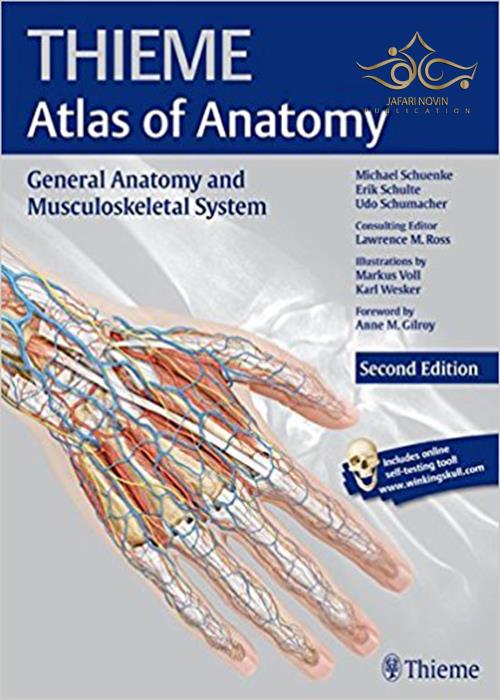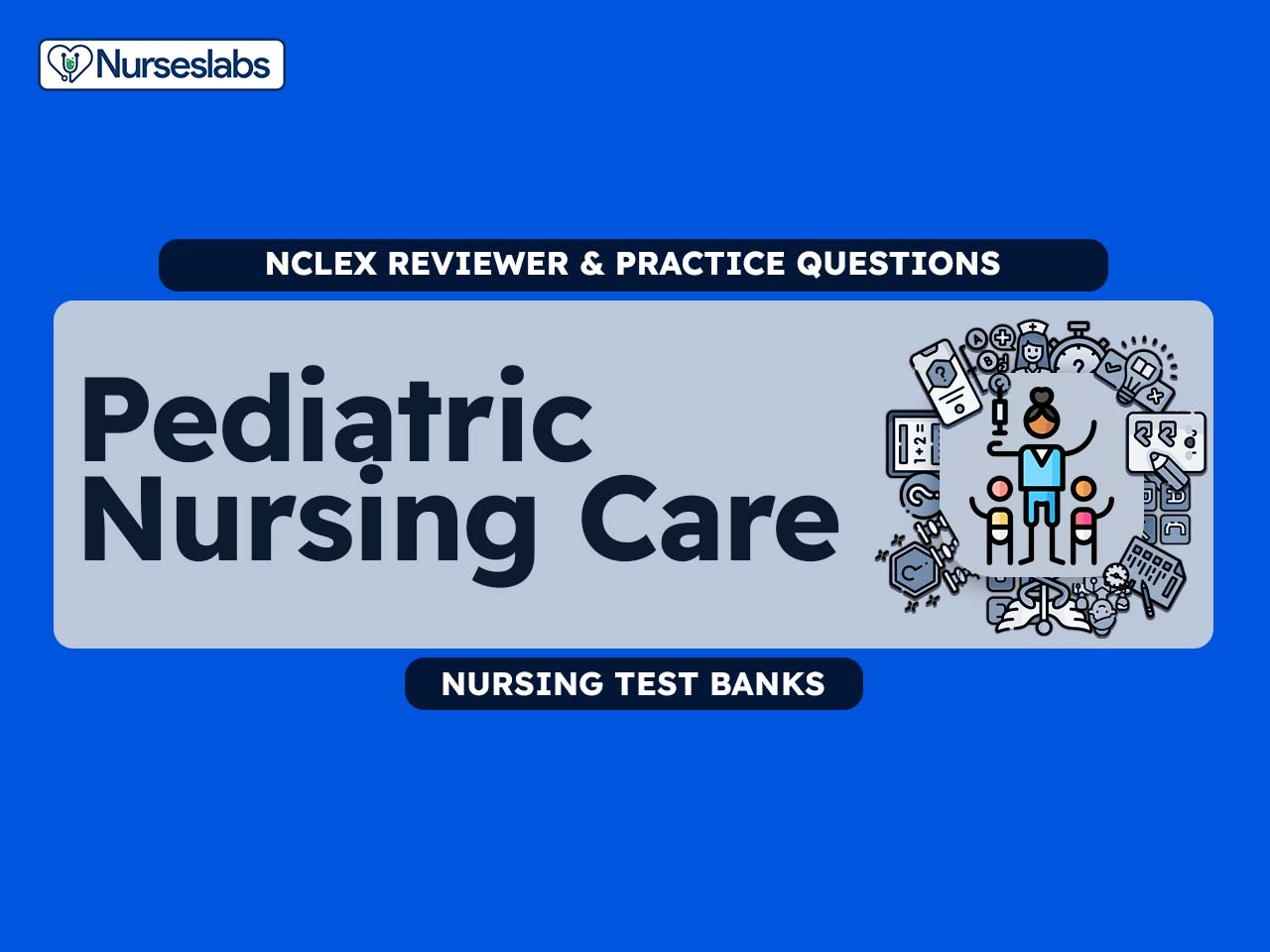1. Musculoskeletal MRI, 2nd ed. - PMC - NCBI
Bevat niet: ngn | Resultaten tonen met:ngn
C. Helms, N. Major, M. Anderson, P.E. Kaplan, and R. Dussault, eds. Saunders; 2009, 456 pages, 630 illustrations; $129.00.

2. Musculoskeletal MRI - PMC - NCBI
Bevat niet: ngn | Resultaten tonen met:ngn
As a library, NLM provides access to scientific literature. Inclusion in an NLM database does not imply endorsem*nt of, or agreement with, the contents by NLM or the National Institutes of Health. Learn more: PMC Disclaimer | PMC Copyright Notice

3. Saunders NCLEX-RN Review - 64 Musculoskeletal System for Nursing ...
... Kaplan exams, we're here to help. Works better than traditional Registered Nurse (RN) flashcards. Research shows that students who use Picmonic see a 331 ...
Learn - Unit XVII: Musculoskeletal Disorders of the Adult Client - Saunders NCLEX-RN Review - 64 Musculoskeletal System for Nursing RN faster and easier with Picmonic's unforgettable videos, stories, and quizzes! Picmonic is research proven to increase your memory retention and test scores. Start learning today for free!
4. Kaplan Gerontology Test A NGN - Docsity
Kaplan Gerontology Test A NGN -With 100% verified solutions-2024.docx, Exams of Nursing. Chamberlain College of NursingNursing. More info.
Download Exams - Kaplan Gerontology Test A NGN -With 100% verified solutions-2024.docx | Chamberlain College of Nursing | Kaplan Gerontology Test A NGN -With 100% verified solutions-2024.docx

5. Anterolateral Ligament and Kaplan Fiber Injury Both Occur Frequently ...
A senior musculoskeletal radiologist with 10 years of experience and a musculoskeletal fellow conducted an evaluation of 10 MRI scans of patients with ACL ...
See AlsoSyrie Funeral Home ObituaryBackground and objectives: The association of ALL and KF injuries in anterior cruciate ligament (ACL)-deficient knees remain topics of conflicting research despite improved magnetic resonance imaging (MRI). We aimed to evaluate the rate of the anterolateral ligament (ALL) and Kaplan fibers (KF) injuries in adults with acute ACL injuries using MRI. Methods: We retrospectively reviewed 64 patients with clinical and MRI diagnoses of acute ACL tears. Two radiologists analyzed and categorized the status of the ALL and KF in all patients as intact, partially injured, or completely injured. Interobserver agreement was assessed. Injuries to the collateral ligaments, ITB and posterior cruciate ligament (PCL) were also evaluated. Results: The mean age of the patients was 33 years. ALL injuries were observed in 46 (71%) patients, among whom 33 (71%) had partial and 13 (28%) had complete injuries. KF injuries were identified in 32 (50%) patients, with 28 (87.5%) of them having partial and 4 (12.5%) having complete injuries. Combined injuries of both ALL and KF were found in 25 (32.4%) patients (p-value of 0.266). The agreement between the examiners ranged from moderate to substantial (Kappa between 0.55 and 0.75), with the highest agreement observed in cases of KF injuries (Kappa = 0.75). Conclusions: ALL and KF injuries were prevalent in acute ACL-injured knees with rates of injury of 71% and 50%, respectively. ALL injuries were more frequent and more frequently severe compared to KF in...

6. کتاب General Anatomy and Musculoskeletal System آناتومی تیمه
... (NGN) آماده شوید و مهارت های قضاوت بالینی مور ... 10%. First Aid for the ... انتشارات Kaplan Publishing. 1,153,200 تومان 1,037,880 تومان. USMLE Step 2 CK ...
General Anatomy and Musculoskeletal System

7. Pediatric Nursing NCLEX Practice Quiz (200+ Questions) - Nurseslabs
30 apr 2024 · The NCLEX-RN Prep Plus from Kaplan employs expert critical thinking techniques and targeted sample questions. This edition identifies seven ...
Test your knowledge about Pediatric Nursing in this practice NCLEX quiz containing 200+ questions including a reviewer for pediatric NCLEX.

8. Study Guide for the Core Curriculum for Oncology Nursing, 7th Edition
Louis, Missouri and Marcelle Kaplan, MS, RN, AOCN®-Emeritus, CBCN®-Emeritus ... 42 Musculoskeletal Symptoms 43 Neurological Symptoms 44 Nutritional Issues
Prepare for success on the OCN® Exam with the definitive Q&A review from the Oncology Nursing Society! Based on the latest test blueprint for the OCN® Exam, this study guide is the only question-and-answer review developed in collaboration with the Oncology Nursing Society. Chapters correspond to the chapters in the Core Curriculum for Oncology Nursing, 7th Edition, and practice questions match the format and Test Plan for the OCN® Exam. Detailed rationales are provided for both correct and incorrect answers, reinforcing your understanding of oncology nursing. A new companion Evolve website includes all of the Study Guide content in a fully interactive quizzing engine that simulates an actual OCN® Exam in either Study Mode (with immediate question feedback) or Exam Mode (with feedback only at the end of the simulated exam). Choose the definitive Q&A study resource for OCN® certification!
